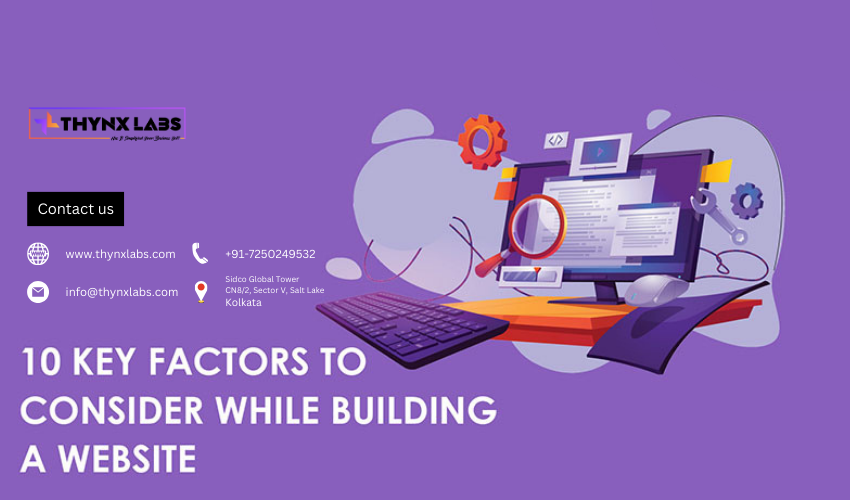Unleashing the Power of Professional Web Design
The time it takes to design a website can vary widely depending on several factors, including the complexity of the project, the size of the website, the type of content and functionality required, and the skill and experience of the web designer or team.
For a simple website with a few pages and basic functionality, it may take a few days to a week to design and develop. However, for larger and more complex websites, such as e-commerce sites or sites with custom features and integrations, the design process can take several weeks or even months.
Other factors that can affect the timeline include the availability of content and assets, the number of stakeholders involved in the project, and any revisions or changes that need to be made during the design process.
Ultimately, the time it takes to design a website will depend on the specific requirements of the project, and it's best to work with a web designer or agency to develop a realistic timeline based on your unique needs and goals.
here are some additional factors that can affect the timeline for designing a website:
- Planning and Discovery: Before the actual design work begins, there may be a period of planning and discovery where the designer works with the client to understand their goals, target audience, and desired features and functionality. This phase can take a few days to a few weeks, depending on the complexity of the project and the amount of information that needs to be gathered.
- Content Creation: Creating the content for the website can be a time-consuming process, especially if there is a lot of copy to write or images and videos to produce. Depending on the scope of the project, content creation can take anywhere from a few days to a few weeks.
- Design and Development: Once the planning and content creation phases are complete, the actual design and development work can begin. This involves creating wireframes, mockups, and prototypes, as well as coding the website and implementing any necessary features and functionality. The timeline for this phase can vary widely depending on the size and complexity of the website.
- Testing and Launch: After the website is designed and developed, it will need to be tested to ensure that it works properly and looks good on different devices and browsers. This can take a few days to a week or more, depending on the complexity of the site. Once testing is complete, the website can be launched, which typically takes a few hours to a day.
- Maintenance and Updates: Finally, it's important to consider the ongoing maintenance and updates that will be required to keep the website running smoothly and up-to-date. This can include things like security updates, content updates, and bug fixes. The amount of time required for maintenance and updates will depend on the specific needs of the website and the frequency of updates.


